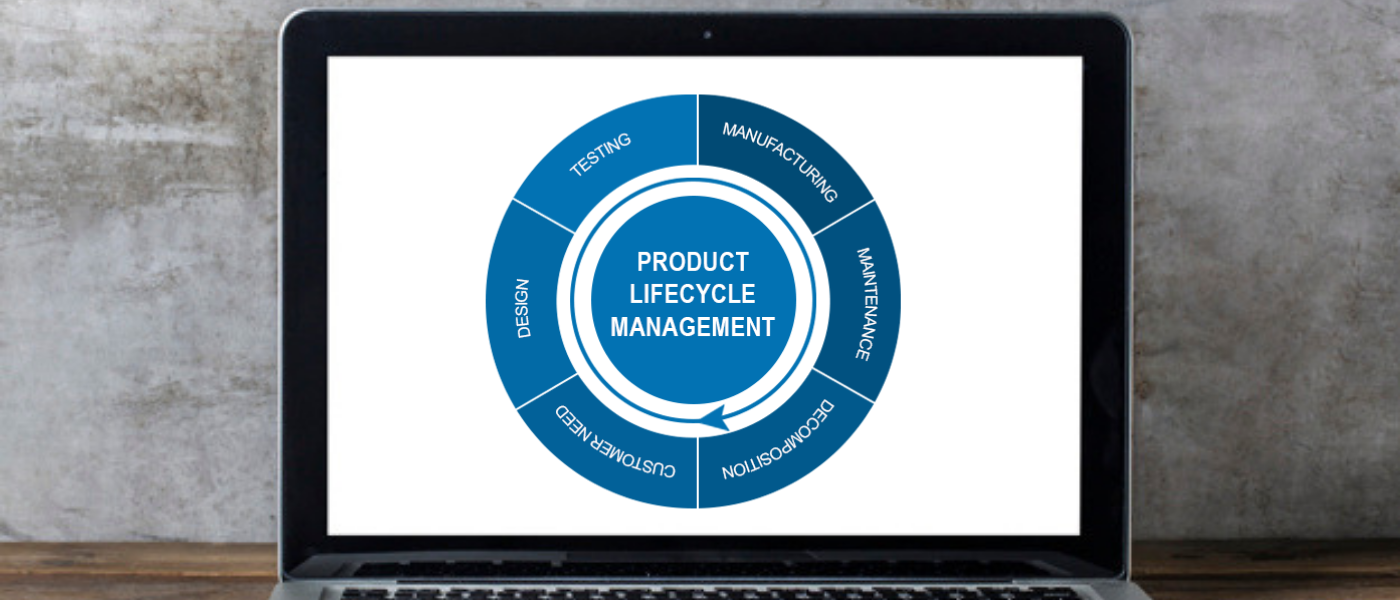Product Lifecycle Management is the process which manages the complete lifecycle of the product right from the inception, engineering design, development, to the disposal. It serves as the backbone with the integration of the data and business process, such as manufacturing execution systems and enterprise resource planning.
The process integrates data, business systems, people, and provides the product information for companies. The PLM software is known to help organizations in coping with the increased complexity and challenges of developing innovative products in a competitive market.
There are four primary areas of product lifecycle management, which are:
1. Product and portfolio: It manages resource allocation, planning for new projects, and tracking progress.
2. Manufacturing process management: It is a collection of methods and technologies to define how the products have to be manufactured.
3. Systems engineering: It meets all the requirements, coordinates the system design process, and meets the customer needs.
4. Product design: This is the process which involves the creation of a new product for selling to customers.
The benefits of Product Lifecycle Management are:
1) Improved product quality and reliability
2) Timely request for quote generation
3) Improved forecasting
4) Reduced time to market
5) Fluctuation management
6) Maximization of supply chain collaboration
7) Savings via complete integration
8) Decreased prototyping
Some of the examples of Product Lifecycle Management software are:
1) Oracle Agile
2) ProductCenter
3) SAP PLM
4) Siemens Teamcenter
5) Omnify Empower PLM
6) Autodesk Fusion Lifecycle PLM
7) Kalypso PLM
8) Dassault Enovia
9) Infor PLM

